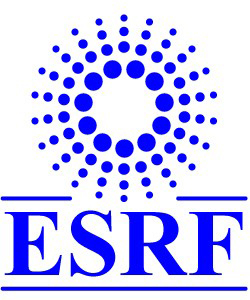α(2→8) Polysialic acid
.........................................................................................
Introduction
Capsular polysaccharides from Escherichia coli K1 and Group B Neisseria meningiditis composed of α(2→8)-linked sialic acid residues are major cause of meningitidis. Sialic acid is a generic term for the N- or O-substituted derivatives of neuraminic acid, a monosaccharide with a nine- carbon backbone. It is also the name for the most common member of this group, N-acetylneuraminic acid (NeuAc). Sialic acids are found widely distributed in animal tissues and to a lesser extent in other species ranging from plants and fungi to yeasts and bacteria, mostly in glycoproteins and gangliosides. The amino group generally bears either an acetyl or glycolyl group but other modifications have been described. The hydroxyl substituents may vary considerably: acetyl, lactyl, methyl, sulfate, and phosphate groups have been found. The term "sialic acid" (from the Greek for saliva, σίαλον / sialon) was first introduced by Swedish biochemist Gunnar Blix in 1952.
The α(2→8)-linked sialic acid homopolysaccharide has many interesting immunological properties. α(2→8)-linked sialic acid polysaccharide is immunochemically identical to the human embryonic N-CAM molecules. This mimicking of an embryonic human auto-antigen results in minimal immune response after infection and essentially no response upon human immunization.
Vaccine development has been hampered by the poor immunogenicity of the group B meningococall polysaccharide in humans. The presence of a conformational epitope was hypothesized  , to explain the inability of oligosaccharides of up to five residues to inhibit the binding of the group B polysaccharide to an homologuous horse antibody. It was established later that an unusually large decasaccharide was required to bind ir inhibit group B polysaccharide specific antibodies. Cross-reactivity of a human monoclonal antibody (IgMNov) with the α(2→8)-linked sialic acid polysaccharide, poly(A) and other polynucleotides has also been observed
, to explain the inability of oligosaccharides of up to five residues to inhibit the binding of the group B polysaccharide to an homologuous horse antibody. It was established later that an unusually large decasaccharide was required to bind ir inhibit group B polysaccharide specific antibodies. Cross-reactivity of a human monoclonal antibody (IgMNov) with the α(2→8)-linked sialic acid polysaccharide, poly(A) and other polynucleotides has also been observed  .
.
The immunological properties of the group B meningococall alpha(2-8)-linked sialic acid polysaccharide have been rationalized in terms of a structural model where the random coil nature of the polymer can be described by the presence of local helices.
The conformational versatility of the αNeuAC(2→8)alphaNeuAc linkage has been explored by NMR spectroscopy in conjun ction with potential energy calculations  .
Potential energy calculations were used to estimate the energetically favorable conformers and to describe the wide range of helices which the polymer can adopt. No unique conformer was found to satisfy all NMR constraints and only ensemble averaged Nuclear Overhauser enhancements could correctly simulate the experimental data. Due to the wide range of conformations which can be sampled, the polysaccharide is suggested to exit predominantly as a random coil in solution. The spatial organization of the polysaccharide structures can be defined by consecutive fragments which have well-defined helical parameters
.
Potential energy calculations were used to estimate the energetically favorable conformers and to describe the wide range of helices which the polymer can adopt. No unique conformer was found to satisfy all NMR constraints and only ensemble averaged Nuclear Overhauser enhancements could correctly simulate the experimental data. Due to the wide range of conformations which can be sampled, the polysaccharide is suggested to exit predominantly as a random coil in solution. The spatial organization of the polysaccharide structures can be defined by consecutive fragments which have well-defined helical parameters  .
.
The cross reactivity of IgMNov with both the α(2→8) NeuAC polymer and poly(A) can be rationalized since they both can adopt similar helices. For both polymers, helices having 9 residues per repeat are shown.
There is not only a similarity in the spatial distribution of charges between the carboxyl groups of the α(2→8)-linked sialic acid and the phosphate group of poly(A) but also a striking resemblance between the helical parameters of both polymers. This observation would tend to suggest that the conformational epitope occurs within one turn of the helix of the α(2→8)-linked sialic acid oo poly(A). However, this investigation does not provide any indication of the exact number of residues within this helix that actually bind to group B polysaccharide specific antibodies.
The unusual length requirement of α(2→8)-linked sialic acid oligosaccharides to bind to group B meningococcal polysaccharide specific antibodies can also be rationalized. It has been observed that a least a decasaccharide was needed to inhibit or bind to these antibodies. Moreover for large oligomers of up to 17 sialic acid residues the inhibitory properties did not maximize but steadily progressed with increasing size. Such a continued increase in binding above 10 units could be attributed to the length stabilization of the epitope, i.e. the increased probability of the presence of the epitope.








